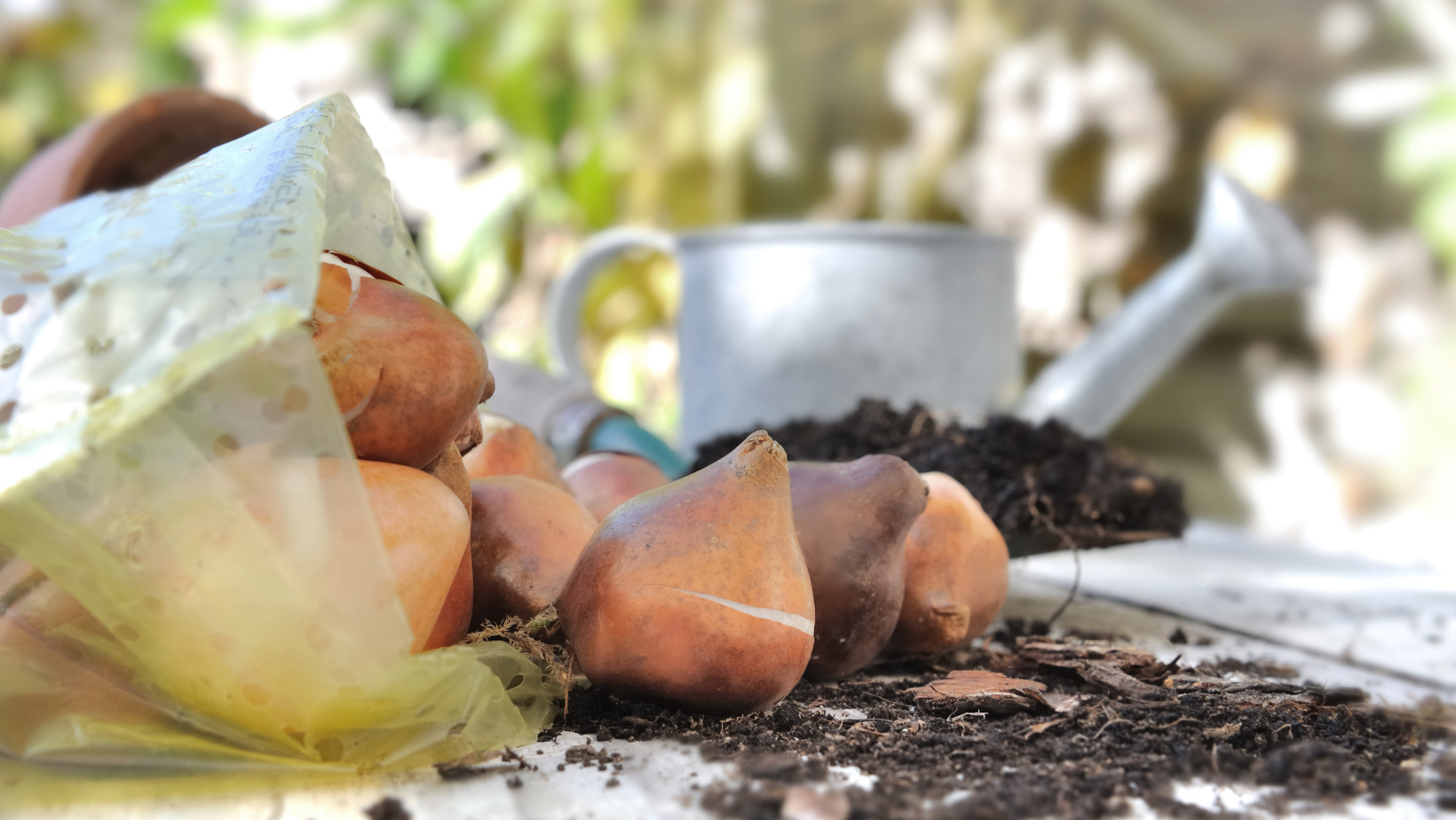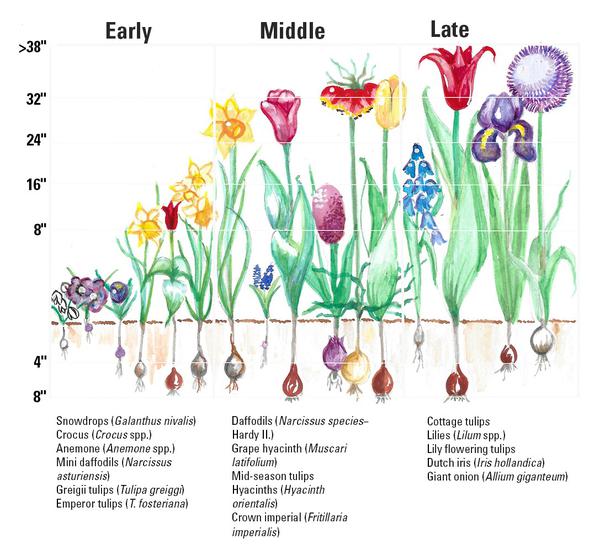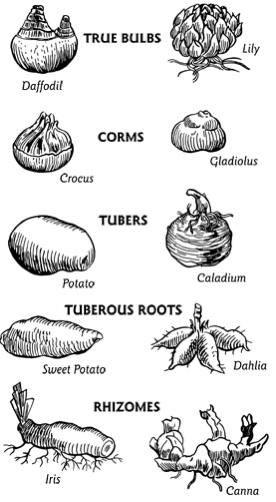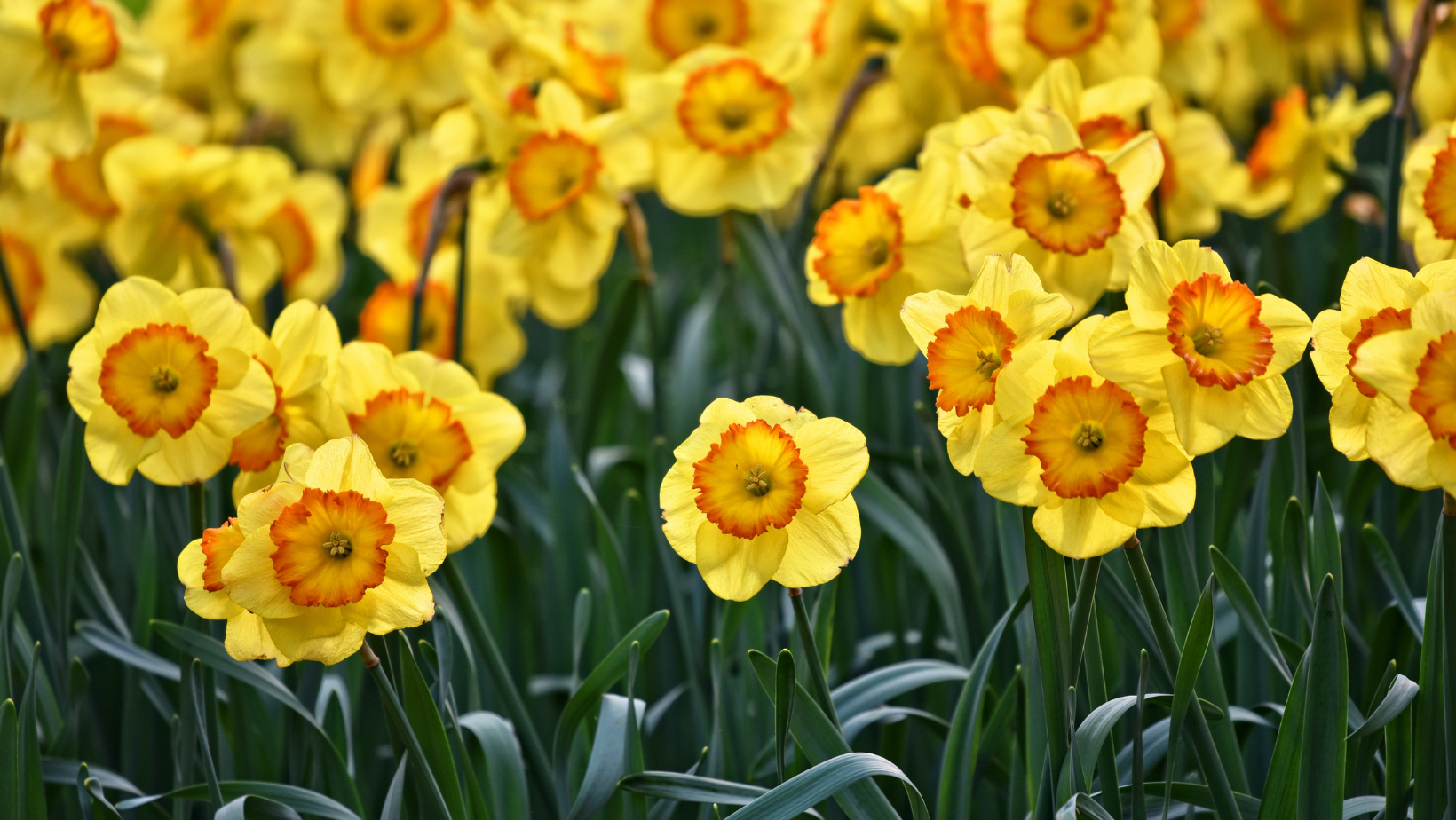Plant Your Bulbs in the Fall for Spring Flowers
go.ncsu.edu/readext?834416
en Español / em Português
El inglés es el idioma de control de esta página. En la medida en que haya algún conflicto entre la traducción al inglés y la traducción, el inglés prevalece.
Al hacer clic en el enlace de traducción se activa un servicio de traducción gratuito para convertir la página al español. Al igual que con cualquier traducción por Internet, la conversión no es sensible al contexto y puede que no traduzca el texto en su significado original. NC State Extension no garantiza la exactitud del texto traducido. Por favor, tenga en cuenta que algunas aplicaciones y/o servicios pueden no funcionar como se espera cuando se traducen.
Português
Inglês é o idioma de controle desta página. Na medida que haja algum conflito entre o texto original em Inglês e a tradução, o Inglês prevalece.
Ao clicar no link de tradução, um serviço gratuito de tradução será ativado para converter a página para o Português. Como em qualquer tradução pela internet, a conversão não é sensivel ao contexto e pode não ocorrer a tradução para o significado orginal. O serviço de Extensão da Carolina do Norte (NC State Extension) não garante a exatidão do texto traduzido. Por favor, observe que algumas funções ou serviços podem não funcionar como esperado após a tradução.
English
English is the controlling language of this page. To the extent there is any conflict between the English text and the translation, English controls.
Clicking on the translation link activates a free translation service to convert the page to Spanish. As with any Internet translation, the conversion is not context-sensitive and may not translate the text to its original meaning. NC State Extension does not guarantee the accuracy of the translated text. Please note that some applications and/or services may not function as expected when translated.
Collapse ▲Bulbs are underground storage units that genetically carry starting materials for the plant and provide food storage. These units are asexual, which means they reproduce without the benefit of pollination. Shaped like a globe, membranous, fleshy, and with short stems, bulbs experience an entire life cycle underground. Tulips, daffodils, onions, and garlic are some examples of bulbs.

When planting bulbs on the Outer Banks, plant two to three weeks before the ground freezes – late November to early December. Keep in mind that bulbs require full sun and partial shade. Soil temperature should be below 60 degrees and it should be well-drained. Plant bulbs 4 – 8 inches underground.
 A true bulb has no romance, no pollen exchange, breeds, and propagates in a single underground structure unit and produces the most exquisite flowers.
A true bulb has no romance, no pollen exchange, breeds, and propagates in a single underground structure unit and produces the most exquisite flowers.
 There are five types of bulbs:
There are five types of bulbs:
1. True bulb – onion, garlic, tulips, daffodils, lilies, hyacinth, amaryllis
2. Corm – crocus, gladiolas, freesia
3. Rhizomes – iris, calla lilies
4. Tubers – sweet potatoes, dahlias, daylilies, begonia
5. Tuberous roots – asparagus, peonies Bulbs are low maintenance. They can be planted between shrubs, in borders, and in containers – indoors or outdoors. Bulbs do quite well in containers. The flowers produced by bulbs come in many different colors, shapes, and sizes (from 12 – 18 inches). When bulb season is over, the bulbs may be left alone or dug up and stored in a dark, dry, cool area. Do not cut back leaves until they are yellow or dead. Bulbs will survive year after year.
Bulbs are low maintenance. They can be planted between shrubs, in borders, and in containers – indoors or outdoors. Bulbs do quite well in containers. The flowers produced by bulbs come in many different colors, shapes, and sizes (from 12 – 18 inches). When bulb season is over, the bulbs may be left alone or dug up and stored in a dark, dry, cool area. Do not cut back leaves until they are yellow or dead. Bulbs will survive year after year. Mother Nature at her finest!
Mother Nature at her finest!
Article was written by: Julia Morris, Extension Master Gardener℠ Volunteer in Dare County





